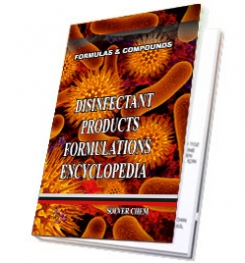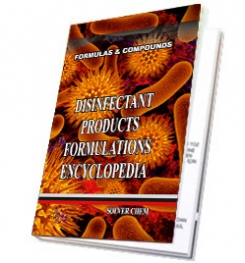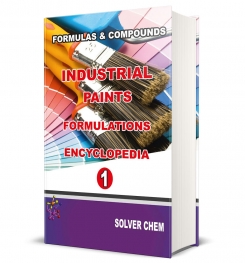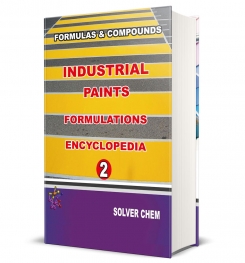Water purification has largely developed in the past century. Drinking water disinfection has decreased the number of outbreaks of waterborne diseases, such as cholera and typhoid (figure 1).

Figure 1: decrease in the number of deaths as a result of typhoid in the USA (1900-1920), compared to the number of people that use treated water
In developing countries there is usually not enough clean drinking water or sewerage. In these countries waterborne diseases cause many people to be ill or to die, mainly fragile groups such as young children, elderly people and people with a weakened immune system (AIDS patients and organ transplant receivers).
The larger part of pathogenic microorganisms is removed by means of water treatment techniques, such as coagulation, flocculation settling and filtration.To increase drinking water safety disinfection is applied as a final treatement step.
There are several different disinfectants, which either kill or deactivate pathogenic microorganisms. Examples of disinfectants are chlorine containing substances, peroxide,bromine, silver-copper,ozone and UV. All disinfectants have benefits and drawbacks and can be used for water disinfection depending on the circumstances.
Besides drinking water disinfection, disinfection may also be applied in swimming pools and cooling towers. Water disinfection is a very important factor for these applications.
Swimming pools contain a large variety of contamination, which originates largely from swimmers. The contamination contains microorganisms, among other things.
To prevent contagion of swimmers by pathogenic microorganisms, swimming water must be disinfected. Swimming pool water is often circulated. Before the water is returned to the swimming pool it is purified. The purification includes disinfection.
Cooling towers are used to cool down process water. After that the water can be reused. Within cooling towers circumstances are ideal for growth and multiplication of microorganisms. Biofilm development is a mayor problem in cooling towers, because this promotes corrosion and blocks the system.
Another problem in cooling towers, as well as ventilation systems, is the development of legionella bacteria. These bacteria spread through aerosols and can cause legionnaires disease. This is a very serious disease that resembles pneumonia. Many countries now have legal standards, determining that the development of legionella bacteria in cooling towers should be prevented by the disinfection of cooling water.
In the early seventies it was discovered that disinfection byproducts can form during water disinfection by means of chemical disinfectants. When this was discovered research started on the development and health effects of these byproducts. Today there are legal standards indicating maximum levels of disinfection byproducts in drinking water. Methods to lower the concentration of disinfection byproducts in drinking water have also been researched.
AND
PRODUCTION PROCESS


HARD BOOK E BOOK
RELATED TAGS: What is hydrogen peroxide, Hydrogen peroxide disinfectant formula, formulation,formulas,How to make Hydrogen peroxide disinfectant, types of hydrogen peroxide disinfectant,oxygen based disinfectants, oxidizing agent disinfectant making,reciple of disinfectants,what is oxidizing products,where to use hydrogen peroxide, msds of hydrogen peroxide, specification of hydrogen peroxide,oxidizing disinfectant production process, peracetic acid disinfectant production,manufacturing of peracetic acid disinfectant,what is peracetic acid,where to use peracetic acid,formula of peracetic acid,preparation of peracetic acid solution.

|
|

|
|

|
|
